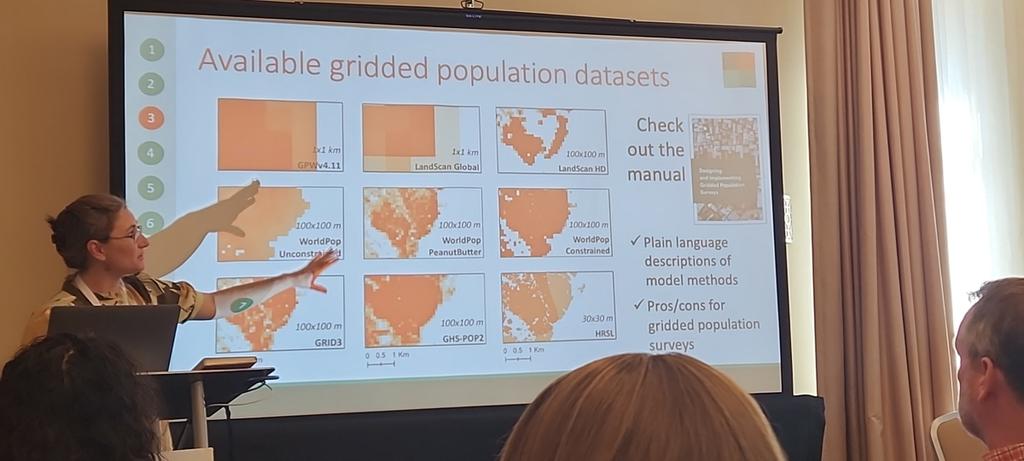Xiayoi Deng and Yangyang (ICF) present a new approach to nonresponse analysis using machine learning and multilevel models #AAPOR 

They use data from National Youth Behaviour Survey (NYBS) that uses a 3-stage school-based sample.
There are some concerns about NR bias in NYBS due to declining response rates at both district level and school level.
There are some concerns about NR bias in NYBS due to declining response rates at both district level and school level.
Used a multilevel logistic-regression with districts as random effects to model nonresponse with various district level (geography and social-economic) and school level characteristics (school type, race/ethnicity, other social-economic variables)
Variables significatly explaining participation: School type, school size, ELL enrollment percentage, college bound percentage
Used CHAID to identify school characteristics that explains school participation.
Took significant predictors in CHAID and included them as main effects and interactions in logistic regression models.
Model performance: multilevel model and Logistic regression model with CHAID selected variables shown best performance.
Conclusion: Schools with larger size, higher SES and fewer minority students are more likely to respond
@threadreaderapp compile unroll thread
• • •
Missing some Tweet in this thread? You can try to
force a refresh

 Read on Twitter
Read on Twitter












